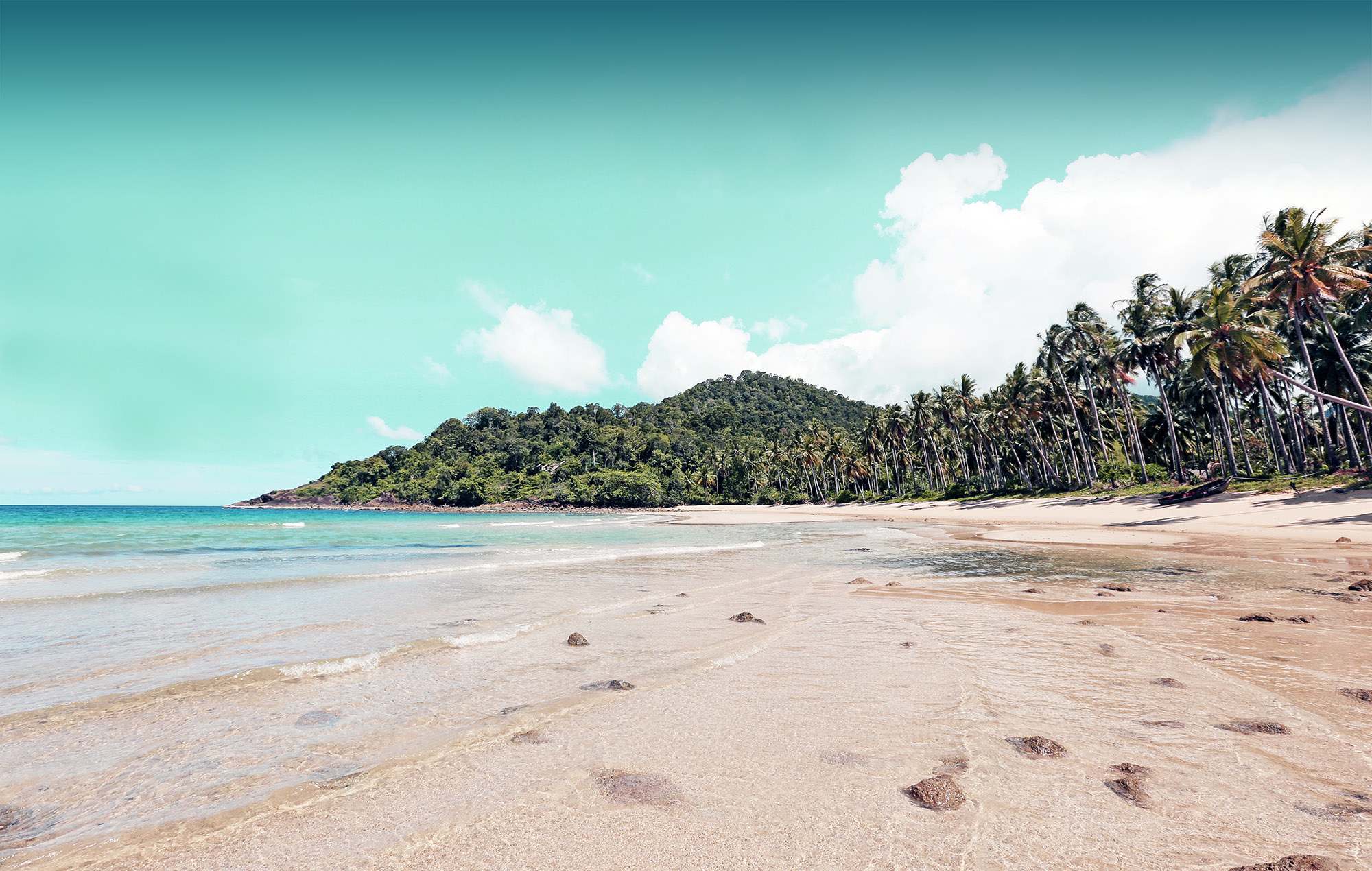The contrast between the white foam of lapping waves on a black sand beach is something special. It’s almost as if the world has turned into an old black and white movie. The spectacle is slightly gloomy, but in a fascinating and mystical way.
Why are some Beaches Black?
If you pick up a handful of sand, you will usually see a multitude of colors. Even sand that appears white can have both green, dark, pink, and orange grains amongst it. Black sand will most likely have a high concentration of black grains from either volcanic minerals or heavy minerals such as garnet, magnetite, and epidote. Black sand beaches are particularly common in areas near volcanoes such as Hawaii, Iceland, and the Canary Islands.
If you go to a black sand beach, be aware that the sand gets extra hot on sunny days, as the black color absorbs the heat.
Gallery of Black Sand Beaches
We hope you will enjoy this gallery of black sand beaches from around the world. We have included images from Iceland, the Canary Islands, Bali, Hawaii, and New Zealand.
Black sand beaches are not as common as those with white or light brown sand. You will not get the stunning turquoise and clear blue water from these beaches, and conditions for activities such as snorkeling and diving will be less optimum because of lower visibility. Instead, however, you often get a more rugged and dramatic setting with contrasting white foamy water on beautiful dark sand.
The images in this collage of black sand beaches have been provided by beachmeter.com and the following contributors (in no particular order): Naveen Raj Dhanapal (cover photo), Artem Bali, Alice Karolina Smith, Florian Zeh, Jeremy Bishop, Ian Stauffer, and Adrien Olichon provided by Unsplash, and Nikitabuida provided by Freepik.




























[…] quartz. A common mineral giving the beach a dark color is Magnetite. You may also be familiar with black-sanded beaches derived from volcanic sediments such as the beach seen in the cover […]